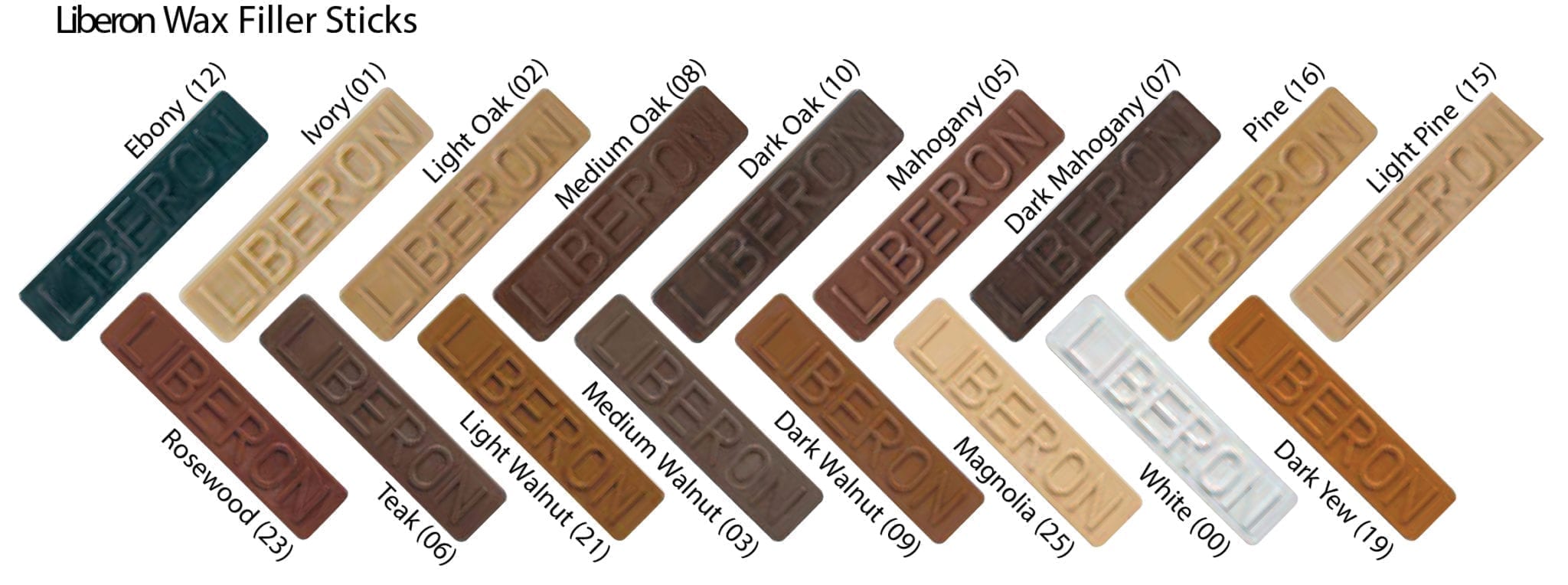The dent is pretty deep, and the water has to reach the fibers at the deepest part of the damage.
I would try once more.
This time fill the dent with water and let it stand for awhile. (And no, I don’t know how long “awhile” would be. I think I would wait an hour.)
Then top off the dent with more water and apply heat.
Note: The process will allow the fibers to attempt to return to their pre-damage condition. But the torn fibers will remain torn.
Even with your best efforts, you will likely have to use filler and sandpaper and refinish the surface.
I have used this technique to eliminate some small dings that would telegraph through the paint. Also note, the steam will instantly raise the grain and sanding will likely be required.



